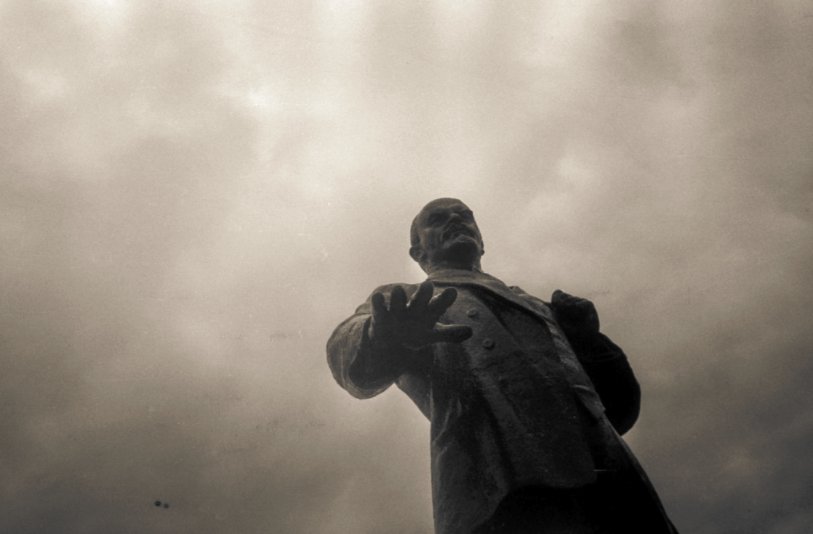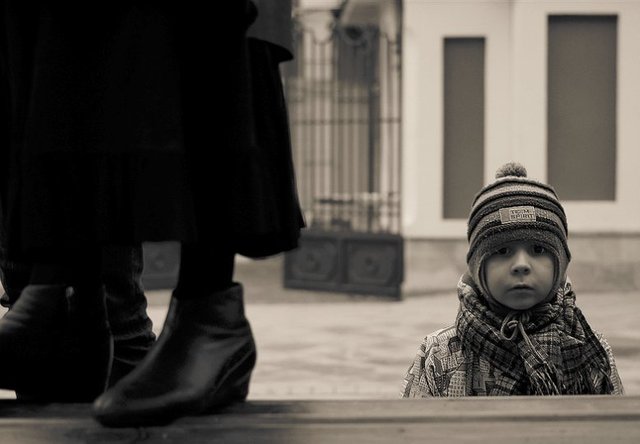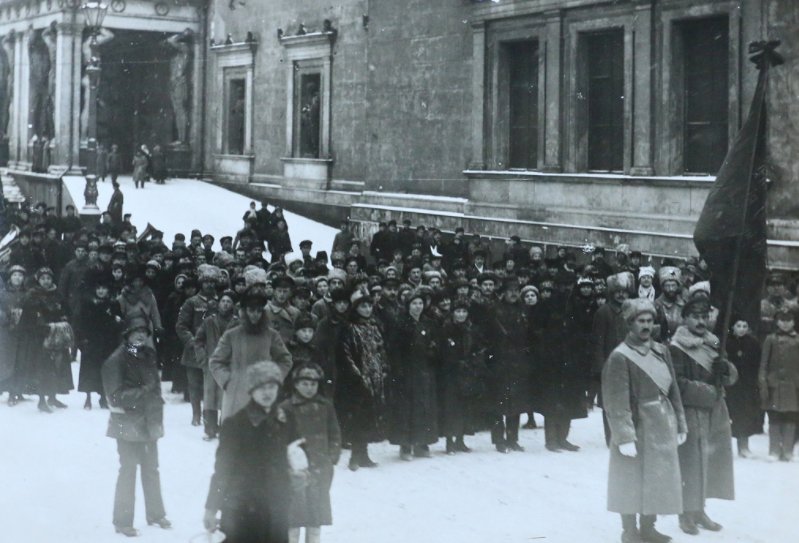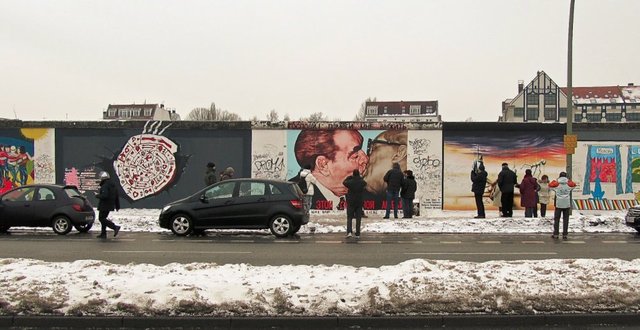Soviet Russia and the USSR: Caucasus Independence

After the Russian revolution in 1917 and the fall of imperial Russia, the peoples of South Caucasus, utilizing the power vacuum that had emerged, declared the establishment of three independent states: Armenia, Azerbaijan and Georgia. The declarations were made in 1918. But the independent states were short-lived. Already in 1920 the Russian Bolsheviks, supported by the Red Army and local communists, seized power in the newly independent states and established Soviet power. In 1922 the three South Caucasian states were merged into a Transcaucasian Soviet Socialist Federation which in 1923 became a founding member of the Soviet Union. TSSF existed until 1936 when it was dissolved and Armenia, Azerbaijan and Georgia became full Soviet Union republics (SSR).
Some of the North Caucasus peoples also declared independence in the wake of the Russian revolution. But also these bids for independence were quelled by the Bolsheviks. In 1921 the North Caucasian peoples were incorporated into the Autonomous Soviet Socialist Mountain Republic and, when this construction was dissolved, incorporated into the Soviet Union as autonomous republics/regions within RSFSR (Russian Soviet Federate Socialist Republic).

Formally the Soviet Union was a federation ."The Union of Soviet Socialist Republics is a federal state, formed on the basis of the voluntary association of Soviet Socialist Republics having equal rights" (art. 13 of the 1936 constitution)."The Union of Soviet Socialist Republics is an integral, federal, multinational state formed on the principle of socialist federalism as a result of the free self-determination of nations and the voluntary association of equal Soviet Socialist Republics" (art. 70 of the 1977 USSR constitution).
In reality the Soviet Union was a highly centralized state ruled by the only permitted political party, the Communist party of the Soviet Union (CPSU). Power was not vested in state structures at any level. All important decisions were taken by the central organs of the CPSU: the Central Committee and the Politburo. The Communist party was not organized along federal lines. Party organizations at the level of the union republics were merely subdivisions of the all-union Communist party.

The powers of the union republics (and the autonomous entities within them) described in the Soviet Constitution(s) were obstructed by the centralism within the party. Whether the state organs (Supreme Soviets) of the union republics (and autonomous entities) could execute their constitutionally granted rights depended on the willingness of the central party organs to allow them to do so. The omnipotent role of the Communist party was formulated in this way in the 1977 Soviet Constitution (article 6):
"The leading and guiding force of the Soviet society and the nucleus of its political system, of all state organisations and public organisations, is the Communist Party of the Soviet Union. The CPSU exists for the people and serves the people."

In spring 1990, and as a part of the 'perestroika' reforms initiated by General Secretary of the CPSU, Michail Gorbachev, article 6 of the 1977 Soviet Constitution was annulled. The end of the Communist party paved the way for the final dissolution of the Soviet Union one year later. As the Communist party lost its monopolistic position at all levels of society alternative social and political movements obtained right to existence. In the non-Russian union republics - and autonomous entities- nationalist movements emerged as the main challengers of the privileged Communist party. Elected into the Supreme Soviets of the union republics in 1990 representatives of these movements influenced decisions gradually eroding the powers of the union center culminating with declarations of outright independence from the Soviet Union.
The centralism of the Soviet Union was also evident in the economy. While in capitalist systems the distribution of the society's goods is mediated by the market and only indirectly influenced by politicians through money policies, finance- and tax policies, in the Soviet Union the economy was directly politically regulated. Decisions on the use and distribution of economic resources were taken at the central level in Moscow, by the USSR Supreme Soviet on "recommendation" by the Central Committee of the Communist Party. These decisions were to be implemented by all-union ministries and ministries at union republics' level. The centralized economic system often favored the needs and interests of the central planners, leaving the union republics with little influence on the use of the resources on their own territories. One of Mikhail Gorbachev's objectives was to reform the "commando system" of the planned economy. His initiatives accelerated a process characterized by the union republics "nationalizing", that is, taking control over, the natural resources, means of productions, banks, etc. on their own territories. This meant that the central organs of power were drained for economic resources. Thus, the reforms of the centralized economic system had the unintended effect of undermining the entire soviet system, contributing to the final collapse of the Soviet Union.
Thank you for this great piece of work! I'm glad that somebody shares my love for Soviet History :)
Very welcome. I studied Caucasus and Pre-Soviet history for one year in Sweden. The modules covered so much interesting history and I constantly re-read our literature to stay abreast of the topics. This was one of the best historical courses I ever studied.
Sounds it! I primarily studied the Cold War, but do a lot of background reading on the Soviet Union, and had to pass a test on Pre-Soviet Russia so, I know a little bit!
Good to know. So many people miss out on the extensive rich history. I even took a course in Russian literature which covered so many of the great artistic works by various authors, artists and even poets.
I have always been fascinated with Soviet Russia and all its provinces and states.
This article is informative and very well written and supported by good photos. I am an admirer and follower of Soviet Art and literature. And i simply love the Soviet landscapes. :) . Upvoted and followed
Thank you. I concur. I spend a great deal of time fascinated by Pre-Soviet and Caucasus history. The frozen conflicts in the Transcaucasus is especially on interest since there is so much geopolitical significance, not just with Russia, Iran and Turkey but also Nato and the US.
I agree. I believe Europe and Russia are the main cauldron of world politics. It has always been this way.
Right through Vikings, Barbarians, Cold War and the Present. Thre ripple effect of what happens here, is felt everywhere. :) . Followed :)